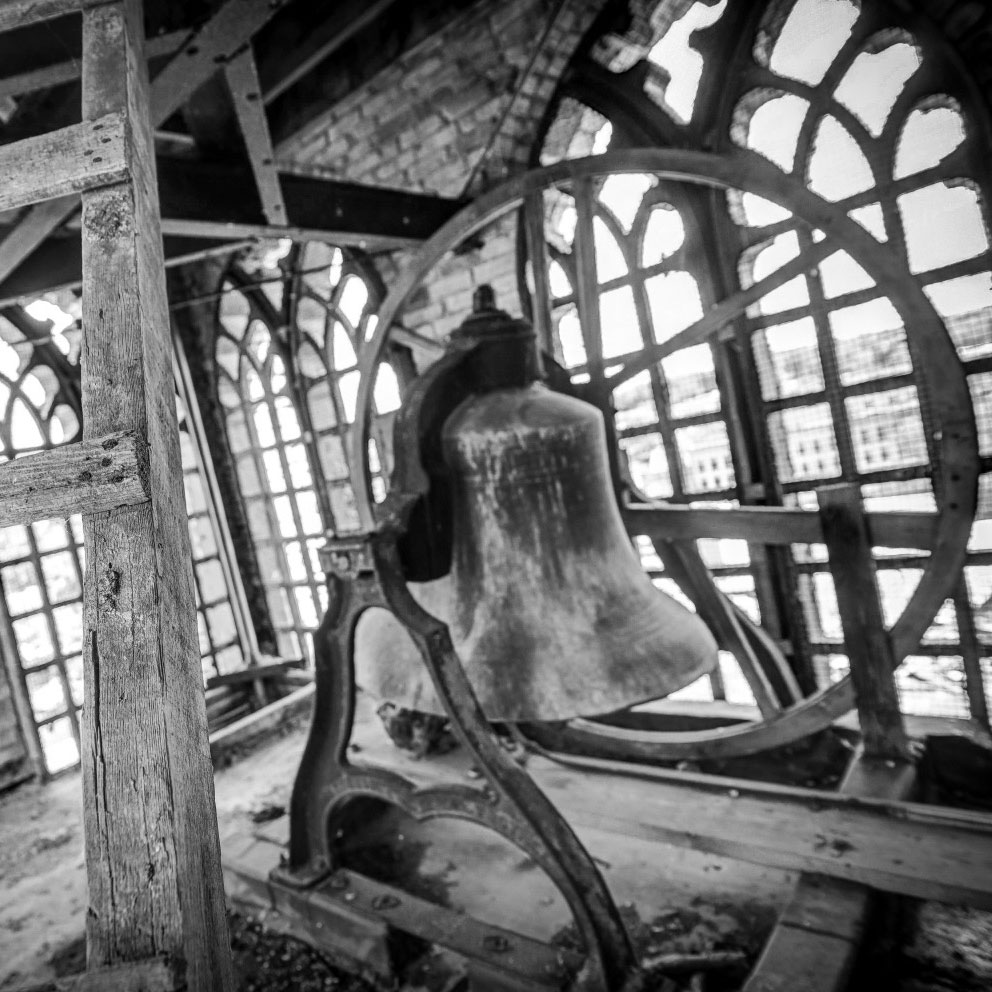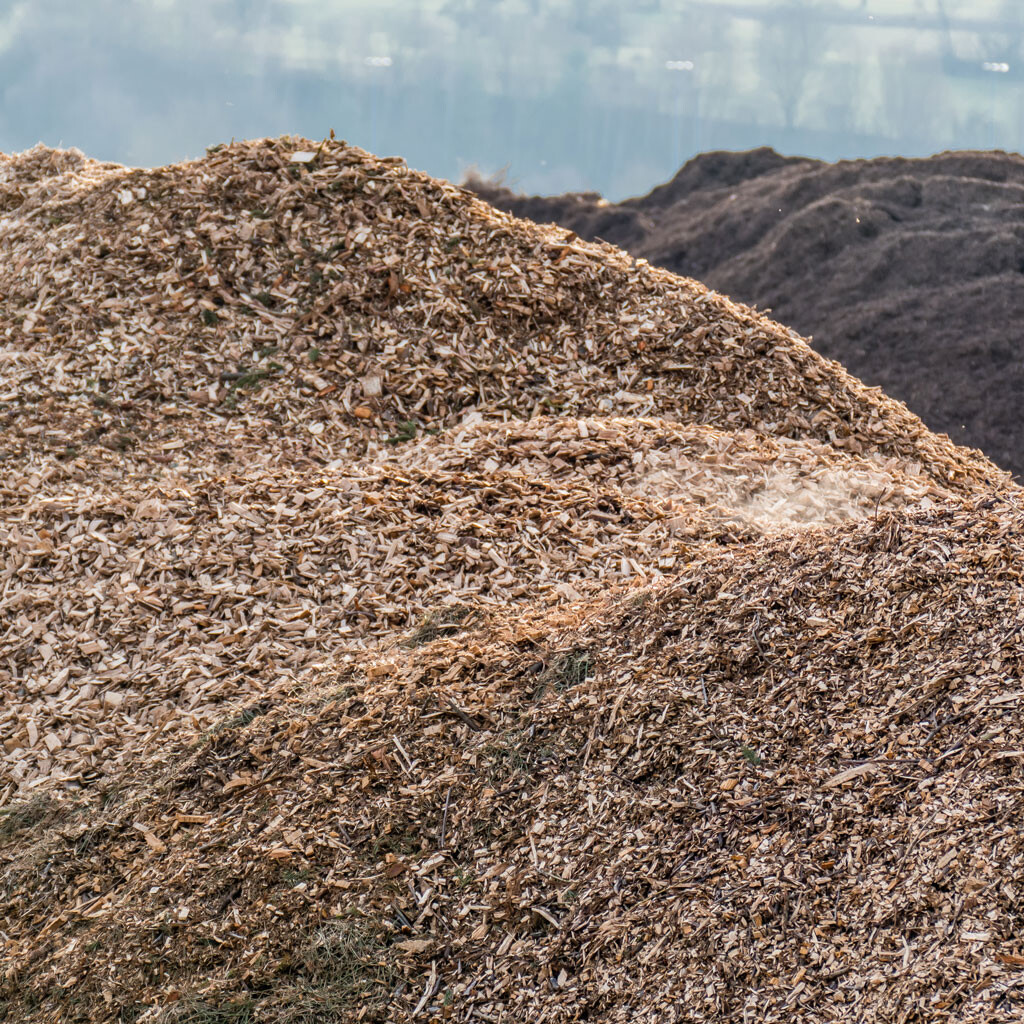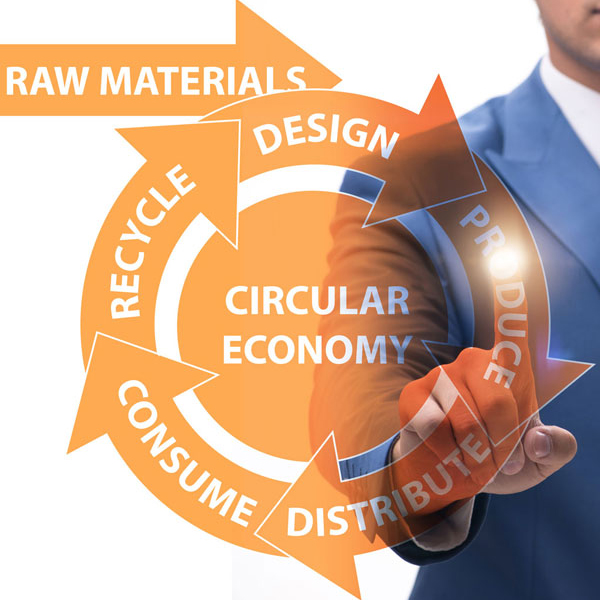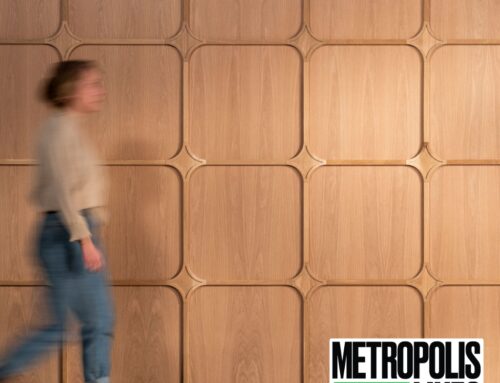downtown deconstruction
rescuing historic materials from demolition | appleton, wi
Instead of using large, hydraulic equipment to demolish several homes, a church and a supper club in Appleton’s downtown neighborhood, workers carefully deconstructed these historic structures with an eye for preserving the materials for reintegration or to inventory for future reuse.
Defining Deconstruction
Deconstruction is a new term to describe an old process. And it has a big impact today. Deconstructed building materials lower landfill waste and provide a sustainable material for new construction projects.
Unlike demolition, where materials from a structure are sent either to recycling or the landfill, deconstruction projects inventory all the materials found in a home or structure to be repurposed or recycled.

If each home being demolished in the United States each year were deconstructed instead, there would be enough reclaimed lumber for approximately 100,000 homes (Zaman, 2018.)

In total deconstruction projects, like the project in downtown Appleton, nearly 90% of the materials were salvaged, including a historic church bell.
“The space will eventually be home to a local company, who has plans to incorporate the bell from the church on the campus for employees and the Appleton community to enjoy,” said Jeff Janson, Urban Evolutions co-owner and salvage expert. “The rest of the historic materials that were salvaged from these sites will be stored in inventory for future projects.”
Benefits of Deconstruction
Building deconstruction and reclamation has economic savings, environmental benefits, and creates jobs by:
- Offsetting cost through tax credits
- Diverting building waste from landfill
- Reusing lumber instead of cutting new growth timber
- Maintaining carbon sequestration in salvaged lumber
- Providing labor opportunities for the construction trades
Lastly, deconstruction has cultural and material preservation that creates goodwill and aligns values with the community. Materials that are not reused or inventoried often are made available through architectural retailers or non-profit organizations like the Habitat Restore.
To read more about the benefits, https://urbanevolutions.com/one-project-big-impact/
The Toxic Side of Demolition
Construction and Demolition (C&D) materials are any debris generated during the construction, renovation and demolition of buildings, roads and bridges. The EPA is responsible for tracking C&D waste in the United States and estimated that 600 million tons of C&D debris were generated in 2018, which is more than twice the amount of generated municipal solid waste (MSW).
Behind concrete, wood waste is the second largest component of C&D debris in landfills. Other C&D waste includes steel, drywall, plaster, bricks, asphalt shingles.
There is no federal regulation of C&D landfills and just half of C&D landfills have some sort of protection put into place at the state level. This means that landfills have a signification impact on the environment including air pollution, chemical leaching and health and visual impacts on nearby communities.

The Circular Economy
In a circular economy, waste does not exist. The goal is to create a healthy economy for all people and the planet so materials that are used to construct products and buildings are kept in circulation.
In the design phase of the circular economy, products are created to last and built with quality, recyclable content. When items have outlived their use, they and/or the materials they are made of, are recycled into new products. To minimize the amount of energy used in recycling, products are disassembled and reassembled with some ease.

Where individual product design has made some nice strides, the circular economy’s influence upon architectural design is just beginning.
The built environment contributes 40% to the world’s Carbon Footprint. That is more than transportation and more than the world’s total industrial impact.
The built environment refers specifically to the construction and demolition industries as well as building operations and maintenance. While great improvements have been made in limiting the carbon used to run buildings, called operational carbon, the design and construction world is starting to consider how to impact embodied carbon, the carbon it takes to make the stuff and structures we create.
To read more, visit https://urbanevolutions.com/circular-economy
Urban Evolutions works directly with architects and designers to help them maximize their control over wood materials for a project. If a site requires partial or full demolition, we can oversee the recycling, repurposing, and reintegration of those materials into that project.
For more information, visit our Deconstruction and Reclamation page.
Sources
https://www.epa.gov/smm/sustainable-management-construction-and-demolition-materials https://resourcecentral.org/deconstruction-vs-demolition/ https://www.epa.gov/facts-and-figures-about-materials-waste-and-recycling/construction-and-demolition-debris-material https://www.liveabout.com/wood-recycling-construction-2877760
Contact Us



